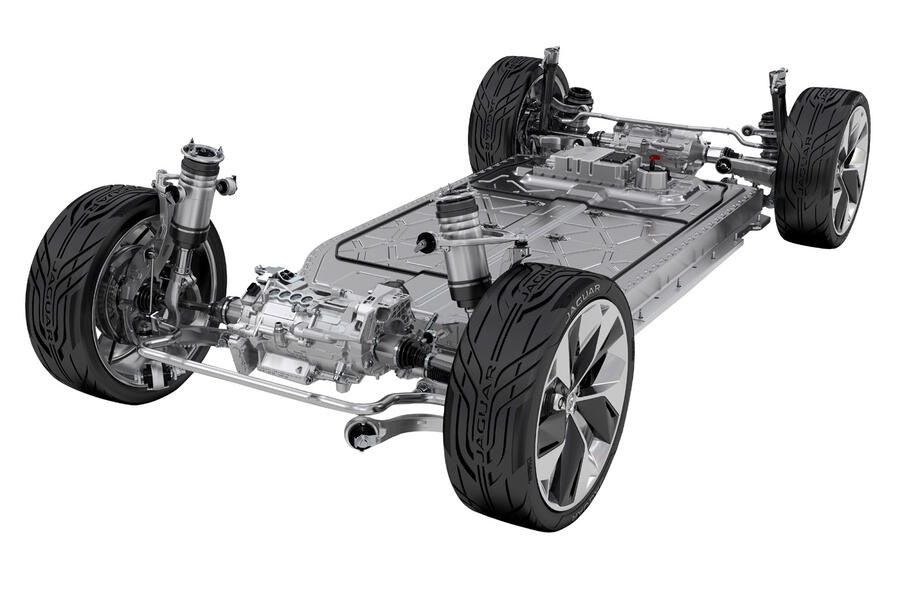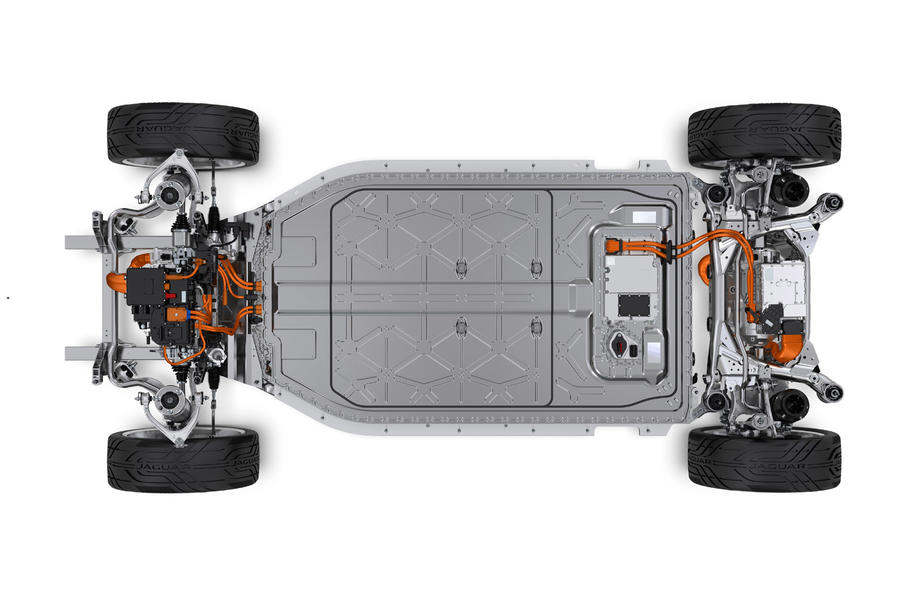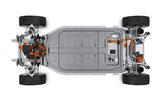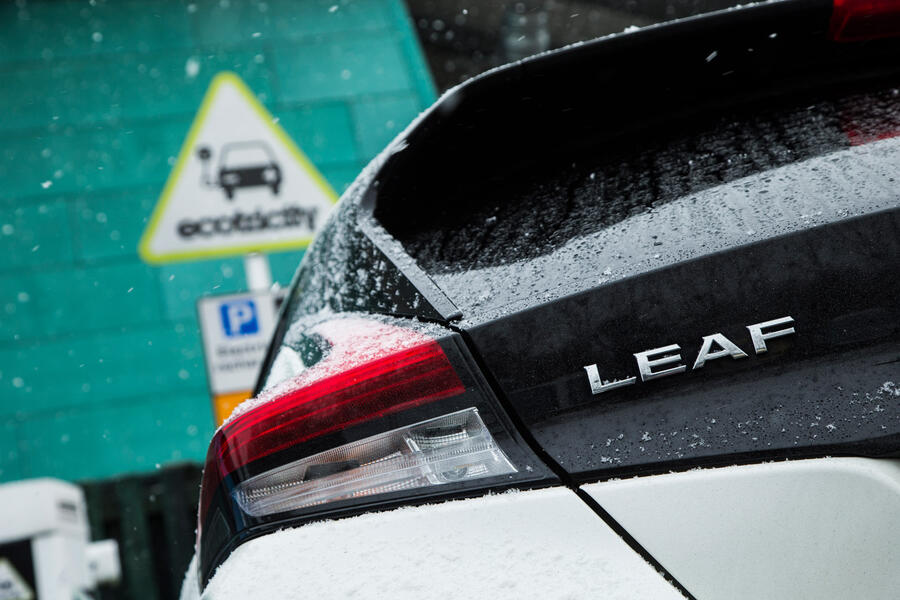The upcoming 2030 ban on new petrol and diesel cars will transform UK motoring on a scale never seen before. This story is part of a wider analysis of the challenges faced by consumers, government and the automotive industry, what needs to happen, and how such drastic changes can be achieved over the next decade.
Read the rest of this series here: Countdown to year zero - what needs to happen by 2030?
Will the cars of 2030 be very different in terms of styling?
They will be a step more modern but are unlikely to be deliberately challenging. Knowing that many buyers of 2030 will already be swallowing big changes in fuelling, powertrain specification and driving technique, car companies and their designers will be wary of frightening them further with off-the-wall designs or revolutionary models that don’t conform to conventional size classes. Take front grilles: today’s electric cars don’t need a huge frontal radiator any more, but when asked if he was planning to drop conventional grilles and long noses for future Jaguars, the marque’s forward-looking design boss, Julian Thomson, was reluctant to make that commitment.
Besides, with so much new technology to incorporate (and pay for), companies will be keen to use as much existing crash and structural knowhow as possible. Expect much better packaging, though. Cars like Jaguar’s trend-setting I-Pace and Volkswagen’s ID 3 already show the direction of travel: they look very modern and take advantage of unusual extra cabin space opportunities that simply weren’t available in the past, but they’re also designed to appeal to today’s car buyers.
What about mechanical layout?
That will be different. The compactness of electric motors allows more flexibility about where they’re mounted. Already we’re seeing moves away from the near-universal transverse front-wheel-drive layout of lower-priced ICE cars (the rear-drive BMW i3 is a good example). We’re also seeing 2WD and 4WD versions of very similar models (the Tesla Model 3, for instance) that are relatively close in price. As long as an electric model uses EV-specific architecture and isn’t straitjacketed to a previous ICE model, its creators will have much greater flexibility with mechanical layout, especially as better battery packaging develops. Trends will emerge, but at present there’s plenty of variety.













Join the debate
Add your comment
To be honest, I don't care what they are like - they are not for me.
Luckily, there are enough cars around now to see me out. Classics all the way.
I don't have hope for the future in terms of styling though, as with a tall floor to allow for batteries and motors, and the majority buying habits, everything is going to be a crossover. Just need to look at the American car market to see the direction we are heading, other than the Mustang Ford there won't sell you a non-SUV car.
I can only hope that some car manufacturers will be inspired by the Model S and build a large EV fastback that offers practicality without the SUV look. The question mark over the EV XJ isn't good though. At the very least, Polestar 2 style "halfway house" cars (a crossover crossover?...)
I know what my car will look like in 2030....... I am already in it. And its not an EV thats for sure!
Nothing wrong in keeping a car for 9 years. But I'd love to jump forward to 2035 when I'll certainly be in a decent EV that drives itself in boring traffic but hopefully still lets me drive on interesting roads (heck, I might not even own a car and just summon whatever vehicle I need at the time from my subscription service, 2 seater softop for sunny mornings and estate for the family camping trip etc) I'll be curious to see how your 2021 ICE is going then.
mine is already 9 years old and running like a swiss watch.....it will be fine.
My previous car lasted16 years before changing and ran perfectly passing all MOT's with just routine servicing. Even the exhaust was original!